“When you start a working session with a young horse, try not to make the mistake of reacting when the horse puts his head up and starts to look at things. Keep a steady contact and let the horse come down by itself.
Join a Young Horse Seminar with Ulf Möller with Georgina Catermole and a four-year-old, Bellaire Maserati.
“When you start riding a young horse, try not to make the mistake of reacting when the horse puts his head up and starts to look at things. Eventually you want the neck to come up, if you force it down then the next thing you know, the horse is behind the bit – we say it’s like shooting pigeons with cannons. Keep a steady contact and let the horse come down by itself. Don’t pull – this horse has the tendency to come too much down. Stay on a straight line and try for even contact on two reins.”
“Ride more into the corner, use the inside leg with the idea of inside bend. If you try to pull the horse into the corner with your outside rein, you just push the horse away from the corner. It’s the same if there are flowers or a pot plant worrying the horse, don’t try to pull the horse to the problem, bend the horse away from the problem and step by step, every round, get a little bit closer to it.”
“Four-year-old horses don’t have much gas in the tank so we had better start working this one. As soon as the horse feels good, as soon as he is not running away and you can feel him with your legs, mix sitting and rising trot – and when you sit, not slower, not that he always thinks, sitting, oh a transition is coming. When you sit a little more engagement of the hind legs. After sitting forward a bit and don’t pull down – right from the beginning, don’t pull the neck down in the transitions.”
“Don’t do transitions in the corners, use the corners to ask for the bend. It is difficult to start the trot in a corner, and no test asks for this.”
“Try to make the transition quicker, but not pulling. If he comes up, allow him, try to do as much as you can with your legs and less with the reins. Okay the neck is a little tilted but this is not the first thing we think about.”
“On the next long side, make the transition a little bit faster, a little bit tougher. See the rein comes looser because the horse became more engaged in the transition, as the horse comes more together, the rein comes light by itself. It’s a passive rein, and a lighter horse, and he thinks ‘ that’s nice’ and that is the beginning of the half halt.”
“And don’t worry when your four-year-old reacts to things going on around him, if he doesn’t react you will be carrying him when he is six!”
“Bending the horse is like riding a bike. The inside hand comes in, the outside hand follows and allows as much on the outside as the take on the inside. If you don’t do this on a bike, you will fall over, on the horse you don’t fall, but it is still a problem. If he comes too much to the inside, don’t use the outside rein, use your inside leg. Inside hand a little higher, and use your leg.”
Ulf and Don Davidoff demonstrate forward bend in canter, plus lightness, contact, engagement, hind leg and forward impulse
“Go – but don’t kick, feel with your leg. Now bend the horse, but bend is not backwards.” The horse breaks into canter. “Keep doing what you planned, keep the bend, don’t change anything.”
The concept of lightness and contact is a vexed question. Obviously the easiest way to achieve ‘lightness’ is to throw the rein away, Hey Mum, look, no hands! Trouble is, in most cases it is also a case of no engagement, no hind leg, no forward impulse. It’s not only not a good look, but it is not nice for the horse to work in that way, it doesn’t develop the horse’s athletic ability, strength and ability to carry the rider, which by the way, is what dressage is supposed to be about. Ulf, along with all the other riders in the modern classical dressage tradition, works on a much more subtle awareness of contact and lightness – lightness is something the horse, rather than the rider, does, as the result of correct riding. That is a little bit harder to understand, and a whole lot more difficult to do, but who ever said dressage was supposed to be easy?
“When you touch the mouth, don’t change the tempo. Wait until the rein comes light on its own, that means the horse is accepting the hand.”
“Now canter, and don’t change anything. In the canter transition, don’t pull down, allow your upper body to come back so the canter is in front of you. And wait until he accepts.”
“The moment you touch the mouth, keep the forward tendency, and the horse accepts the bend and comes light by itself.”
“When you bend, your hand comes higher – not back, that allows you to fix your elbow, and the horse feels the rein coming light.”
more follows
“Now to canter, and if you start the canter with a bend, the first step is more under control. Everything you do with the rein AND seat AND legs, is not pulling. Everything you do only with the rein, is pulling. When the horses accepts the bend, you can see the muscles come out on his neck, then the horse is accepting contact. Bend and wait till he gets light…”
The horse makes that distinctive blowing, burr noise and Ulf is happy:
“When he does this, we know we can’t be wrong. Now make him a bit rounder. Both legs to the bit, and the horse deeper and rounder. Bend and make him longer, when he accepts, go longer, bend, accepts, longer, bend, accepts, longer.”
Bend and make him longer, when he accepts, go longer, bend, accepts, longer, bend, accepts, longer.” – Ulf and the stallion, Don Davidoff demonstrate…
“As you get better contact you can make the horse more straight. You should feel you are allowed to touch the horse’s mouth. There are some riders who think no contact is a good thing, but when they want to ride a volte, they can’t do it.”
“The ability for self-carriage is the same as balance, the horse that is not balance is looking for support, and leans on the reins. The more they lean, the stronger you have to make the transition. Maybe you have to give two or three half halts, but it is sometimes better to do one tough thing and then pat the horse, than to do something ten times, a little bit every time. It’s the same with the whip, once stronger is better than lots of little taps. The first time do it strong, the second time, less, third time you only have to sit and you can say to the horse ‘look it is easy’. Go from strong to less…”
Ulf and Flor Selva

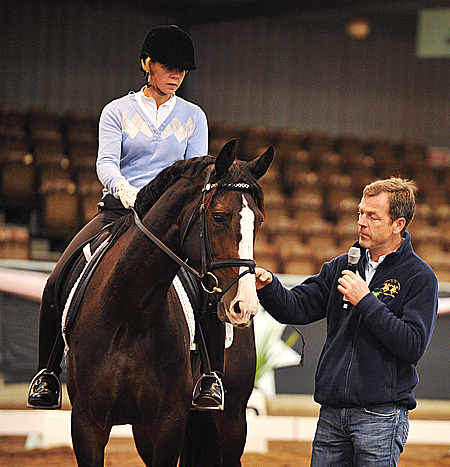
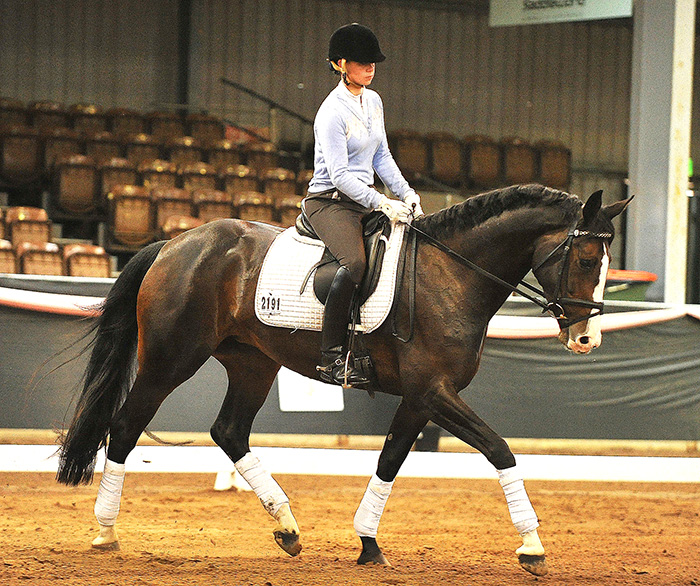
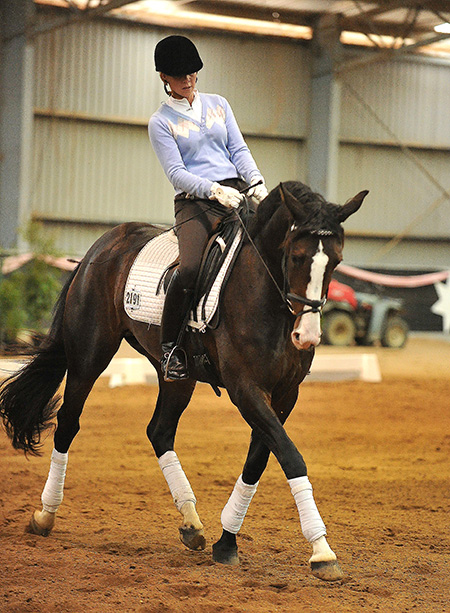
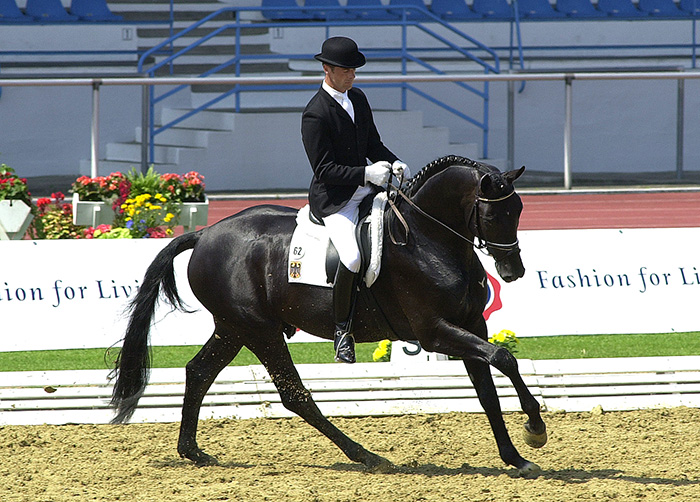
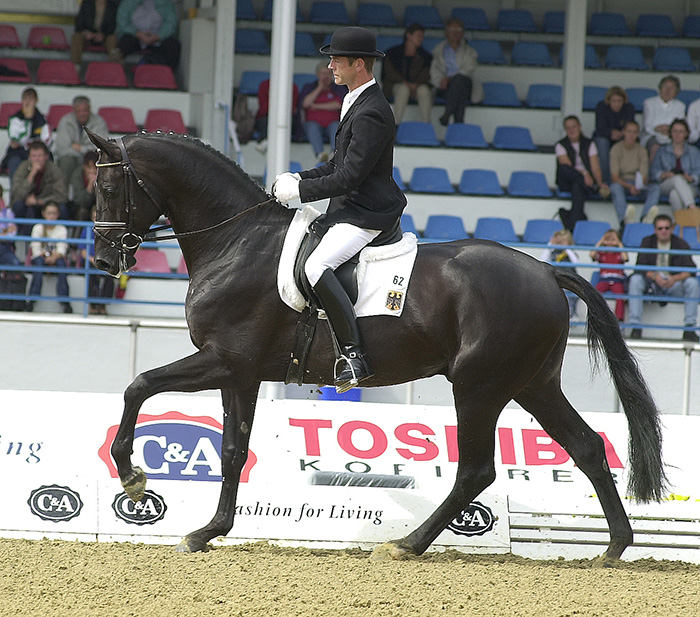
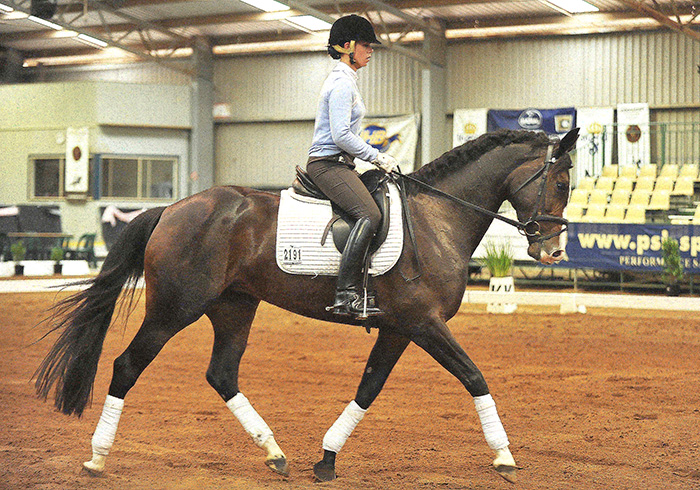
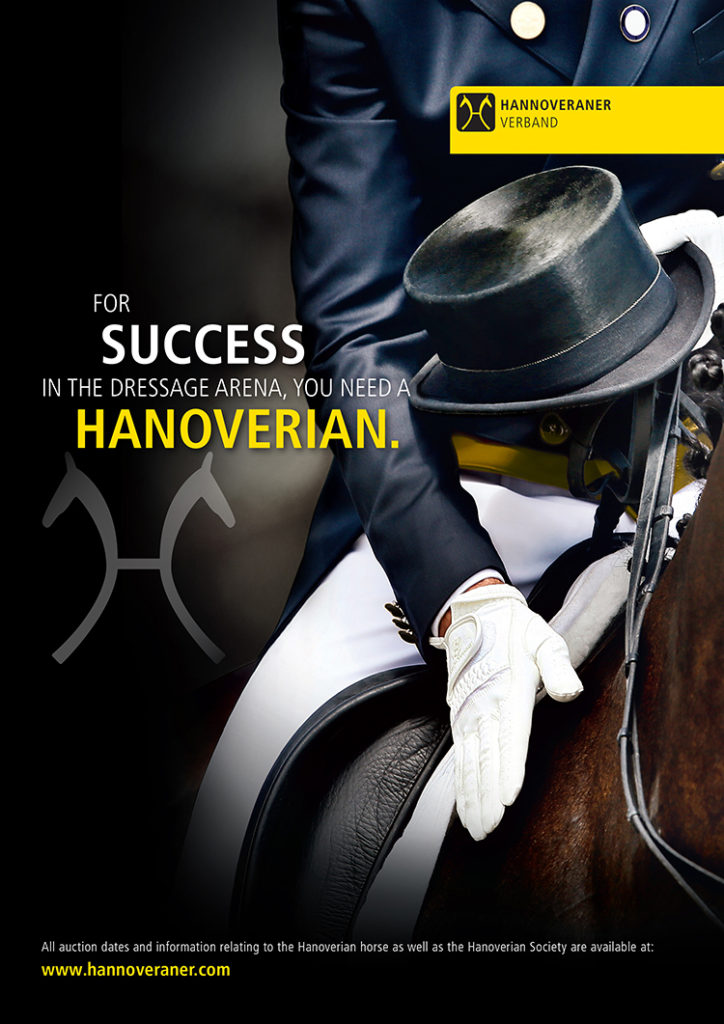
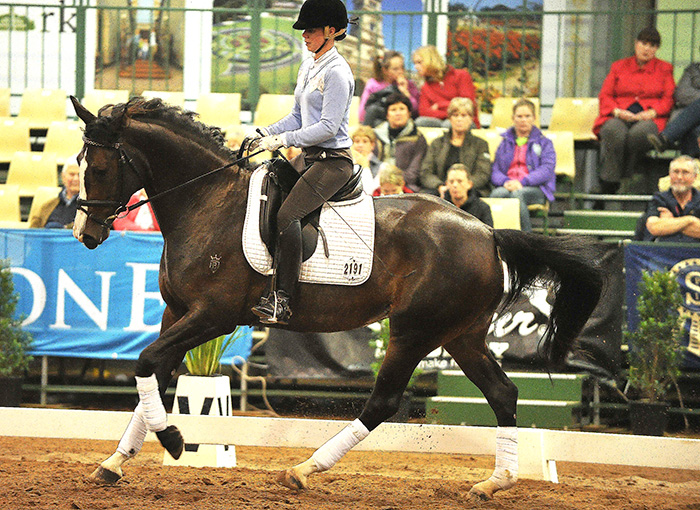
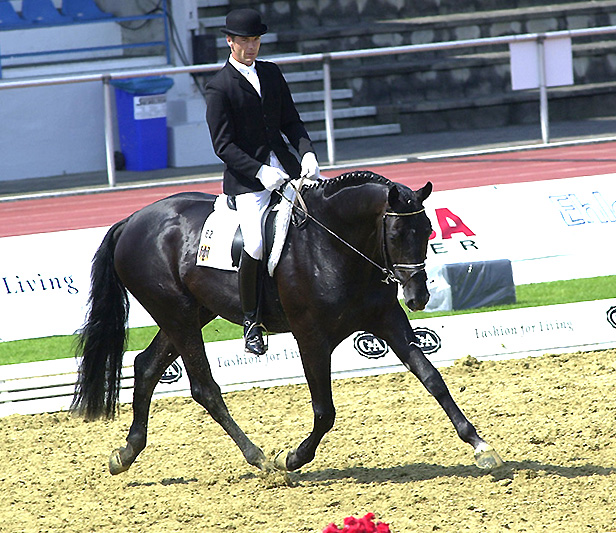
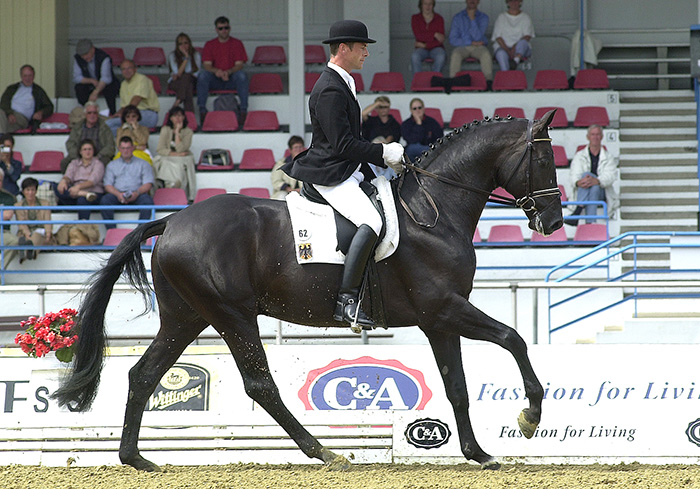
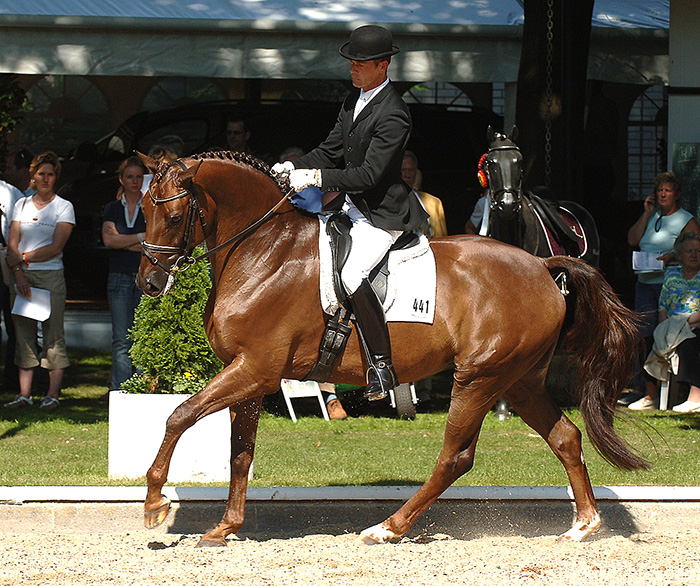
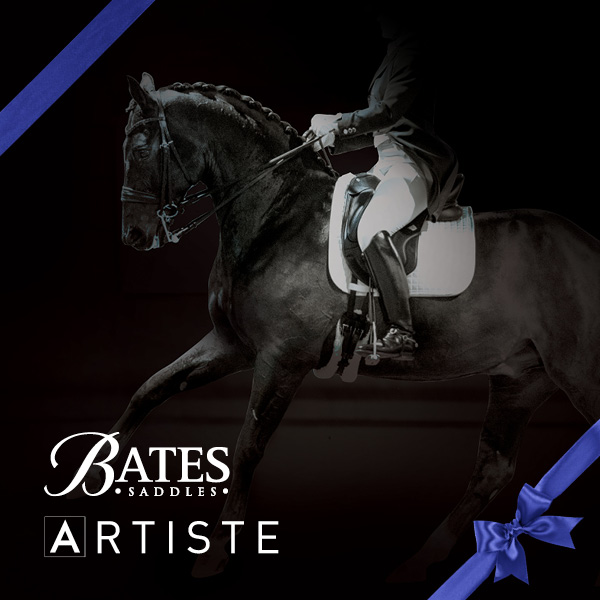
Hallo thanks … Good article
Please what is the correct way of tying the nose band ? .. How to know ?
How tight ?
thanks …